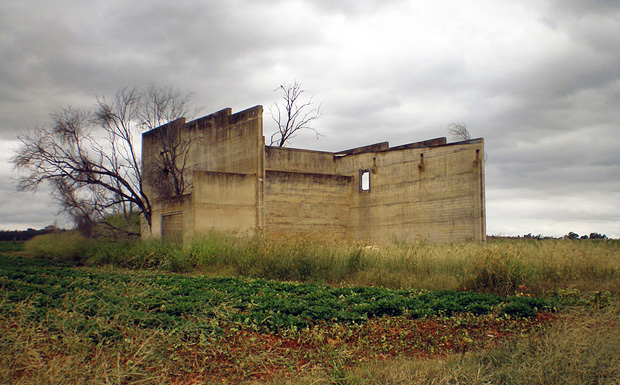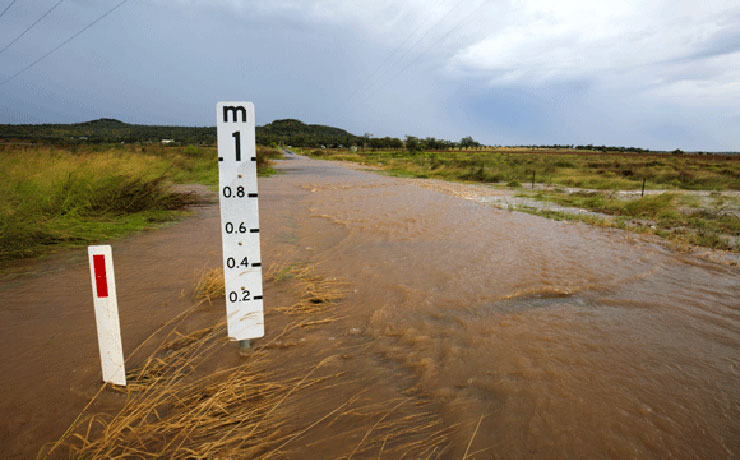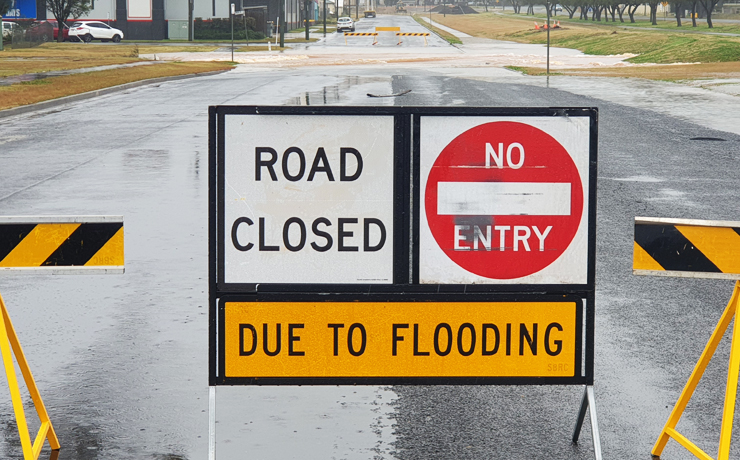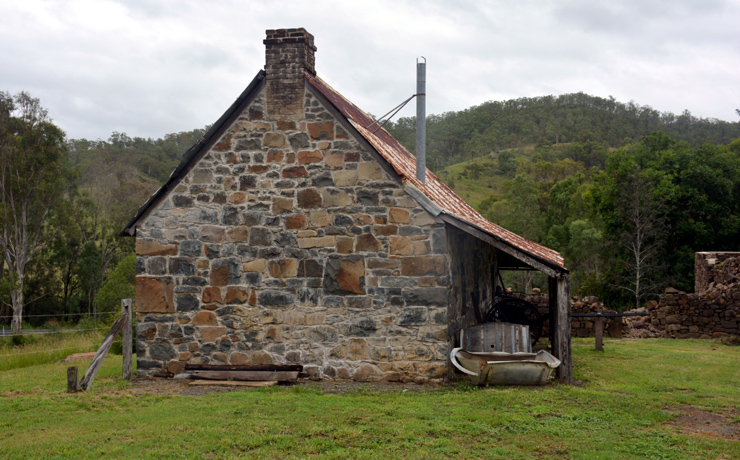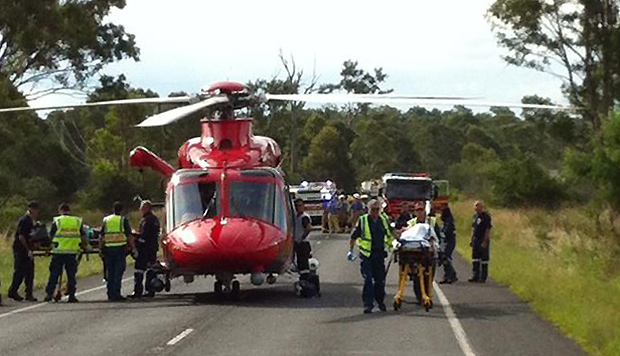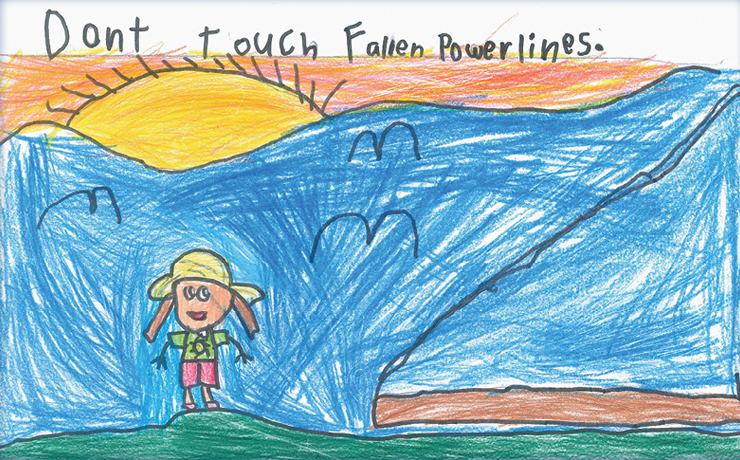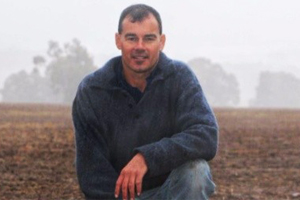June 12, 2013
The Burnett War Memorial Museum is trying to locate servicemen and women who may have served at Kingaroy Airport during World War II.
Spokesman Russell Cook said the museum had commissioned a 1:500 scale model of the airport as it looked in 1942.
This will be officially unveiled at a ceremony later this month at the airport and the association is hoping to invite as many personnel as possible who have been associated with the airport.
“Anyone who served in any capacity at Kingaroy is asked to contact the museum on (07) 4162-4632,” Russell said.
* * *
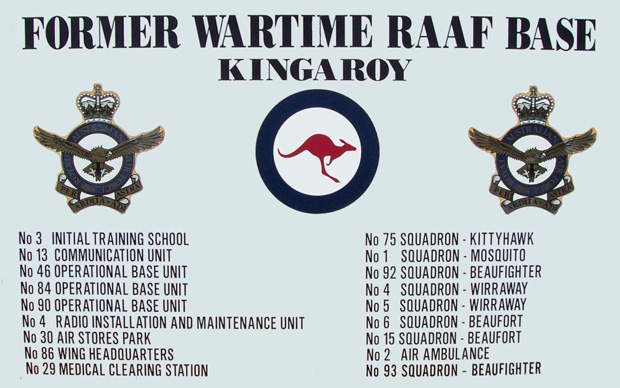
Some history from the Burnett War Memorial Museum:
The Royal Australian Air Force Station No 3
When Kingaroy’s pioneers cleared scrub and timber from Taabinga Village in the early 1900s, they could not have envisaged the activities that would take place there within the next 40 years.
The pre-war Taabinga Village Airfield site had only a few buildings clustered on the western side, and was identified in October 1940 as an appropriate location for development as an airfield under the Empire Training Scheme. This was desperately needed, as at the outbreak of World War II, the construction of Amberley was still to be completed, Archerfield was operational, but the other major towns of Toowoomba, Maryborough and Bundaberg had only fledgling aerodromes at the time.
The initial main problem with Kingaroy’s project was water. In January 1940, the Kingaroy Council adopted the Memerambi Water Supply Scheme with a loan of 59,500 pounds, and a subsidy of a similar amount, and thus began what was to be Gordonbrook Dam. As this would take some time to implement, bores were installed at the airfield.
Most of the construction of the ‘drome was completed by July, 1942. This included two contracts awarded to the Queensland Building and Engineering Company for 165 buildings in one contract, and a further 30 in the other. More were added later.
When completed, it was almost a township on its own, with accommodation units, canteen, bakery, hospital, ambulance stations, morgue, meteorological building, telecommunication building, boot makers, aeroplane hangars, gun buttress, workshop, sports area etc and, of course, the airstrip.
During this period the airstrip ran from east to west, where as today it runs from north to south.
The main gate was also at today’s back entrance.
The base was officially under control of the RAAF and was seen primarily as a Service Flying School, having approximately 3000 RAAF and WAAF personnel there at one time.
Armed guards were secured in seven pillboxes constructed of railway sleepers.
Kingaroy was also the headquarters of an Australian Armoured Division,whose sub-units were scattered all over the South Burnett.
The Kingaroy Airfield was a training base for many thousands of our country’s airmen prior to their going into combat overseas in New Guinea and the Pacific Islands.
The selection of Kingaroy as an RAAF. training base, and staging ‘drome for the United States 5th Air Force in the South Pacific rendered the area a high priority target in the then likely event of a Japanese air or land attack.
(On the way to Moratai, the aircraft A 52-526 and crew became the first Mosquito plane to fire its guns at the Japanese in the Pacific).
At least eight planes crashed in the Kingaroy, Booie, Inverlaw and Dangore areas.
Most of the personnel from these planes were laid to rest at the Taabinga War Cemetery.
The Burnett War Memorial Museum has also built a monument at the airport with their names and squadrons engraved in order to honour these brave men.
Today, most of the buildings from that era have been removed, but a few remain and have been restored by the Burnett War Memorial Museum.
The Meteorological Building, the Morgue, the Motor Pool building (workshop), the Crash Ambulance Station, and the Telecommunication Building will be the next restored when finance is available.
